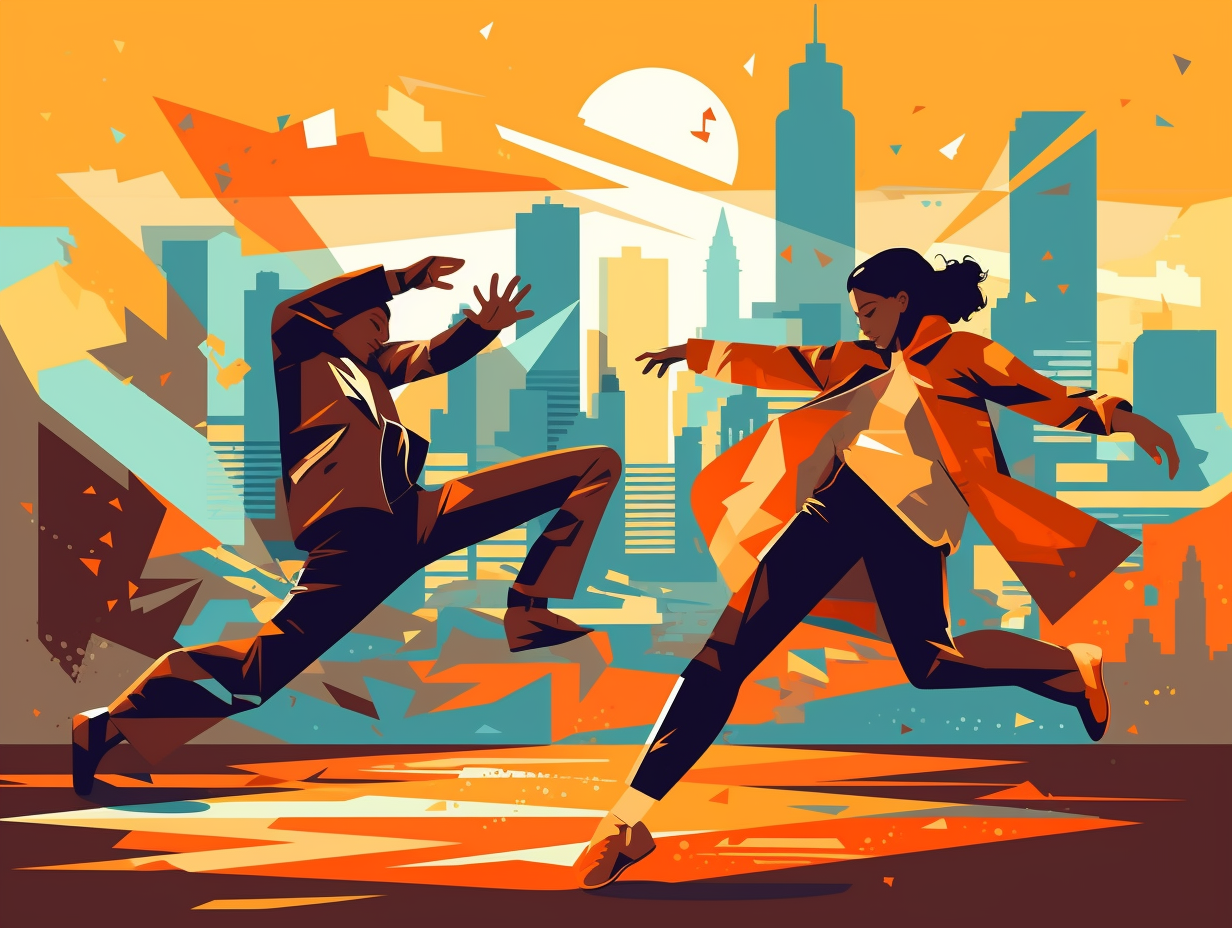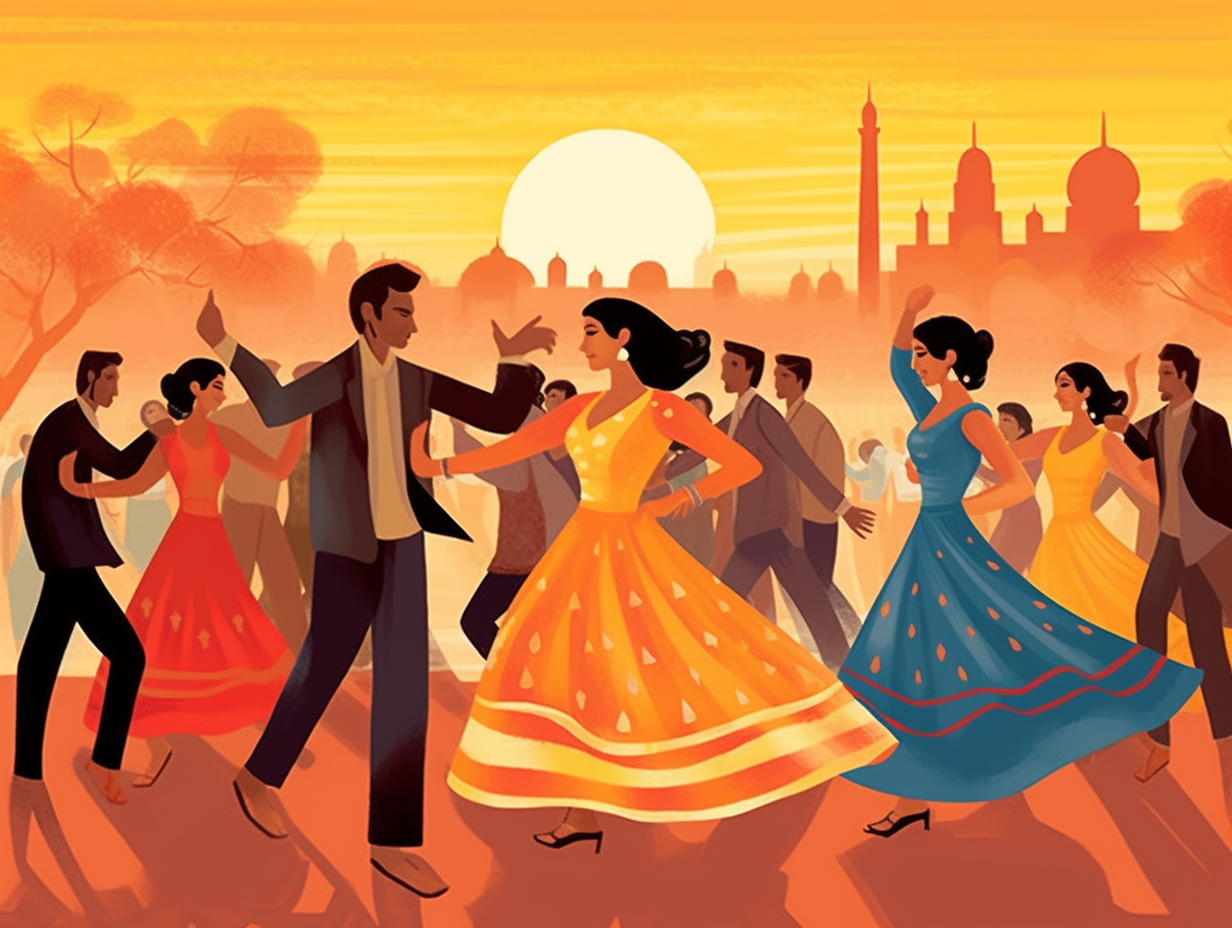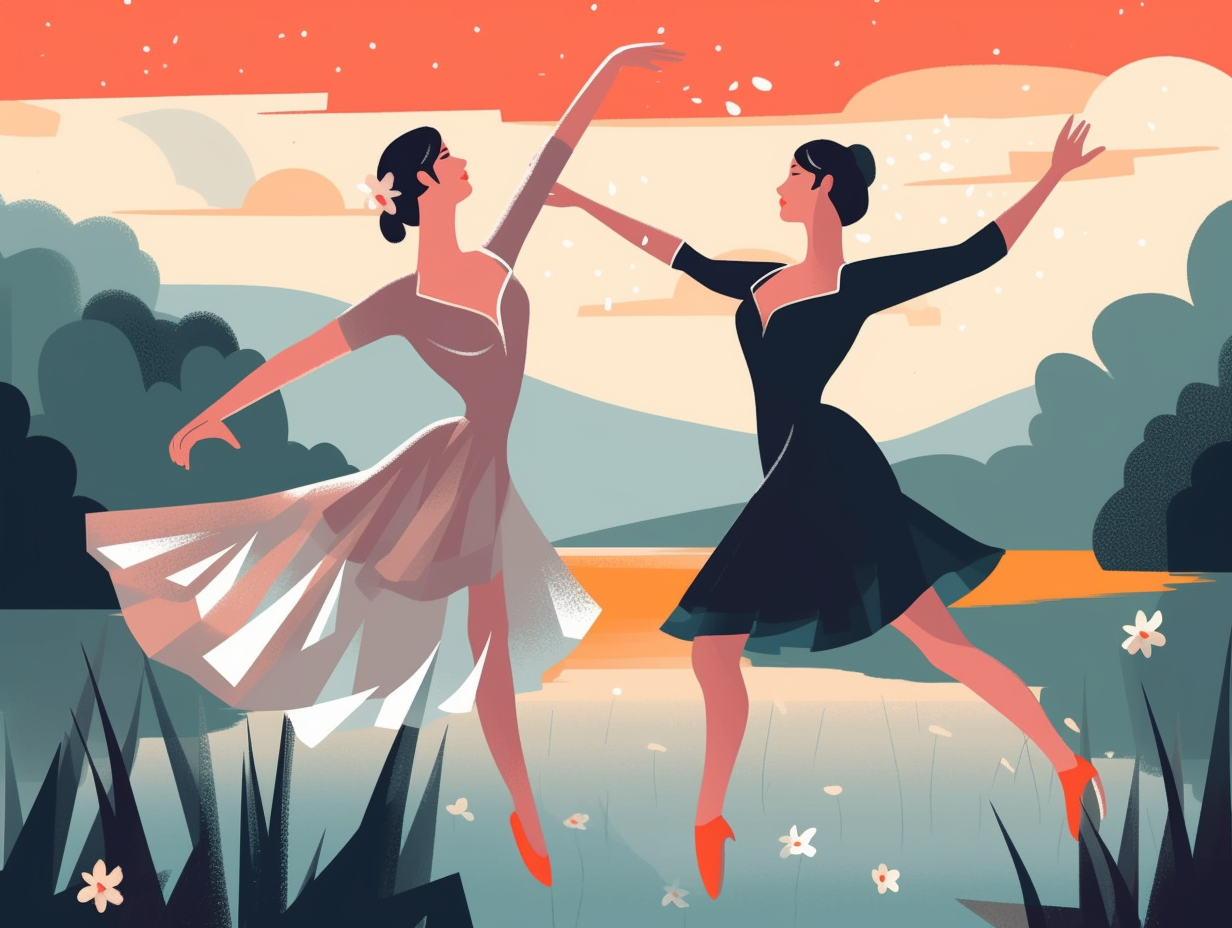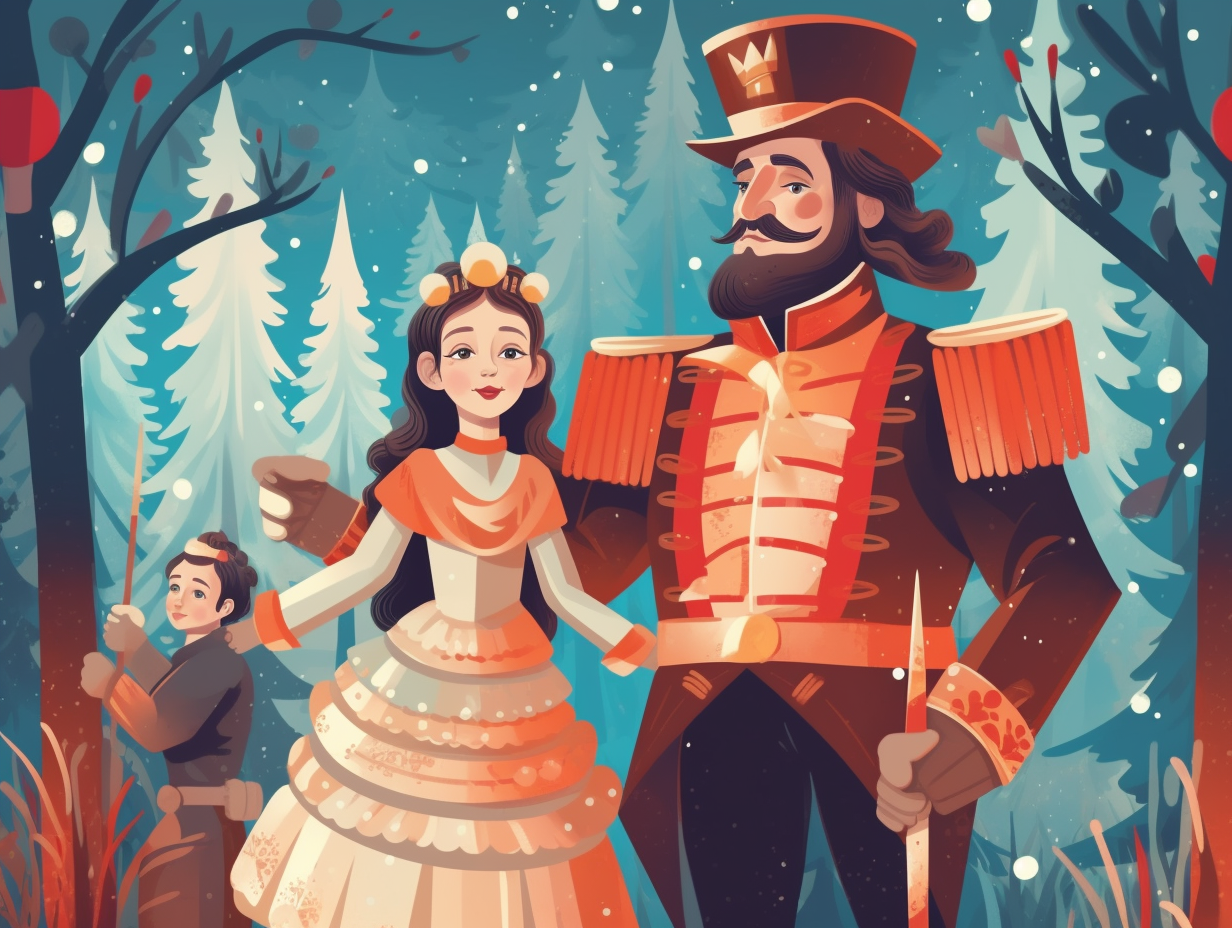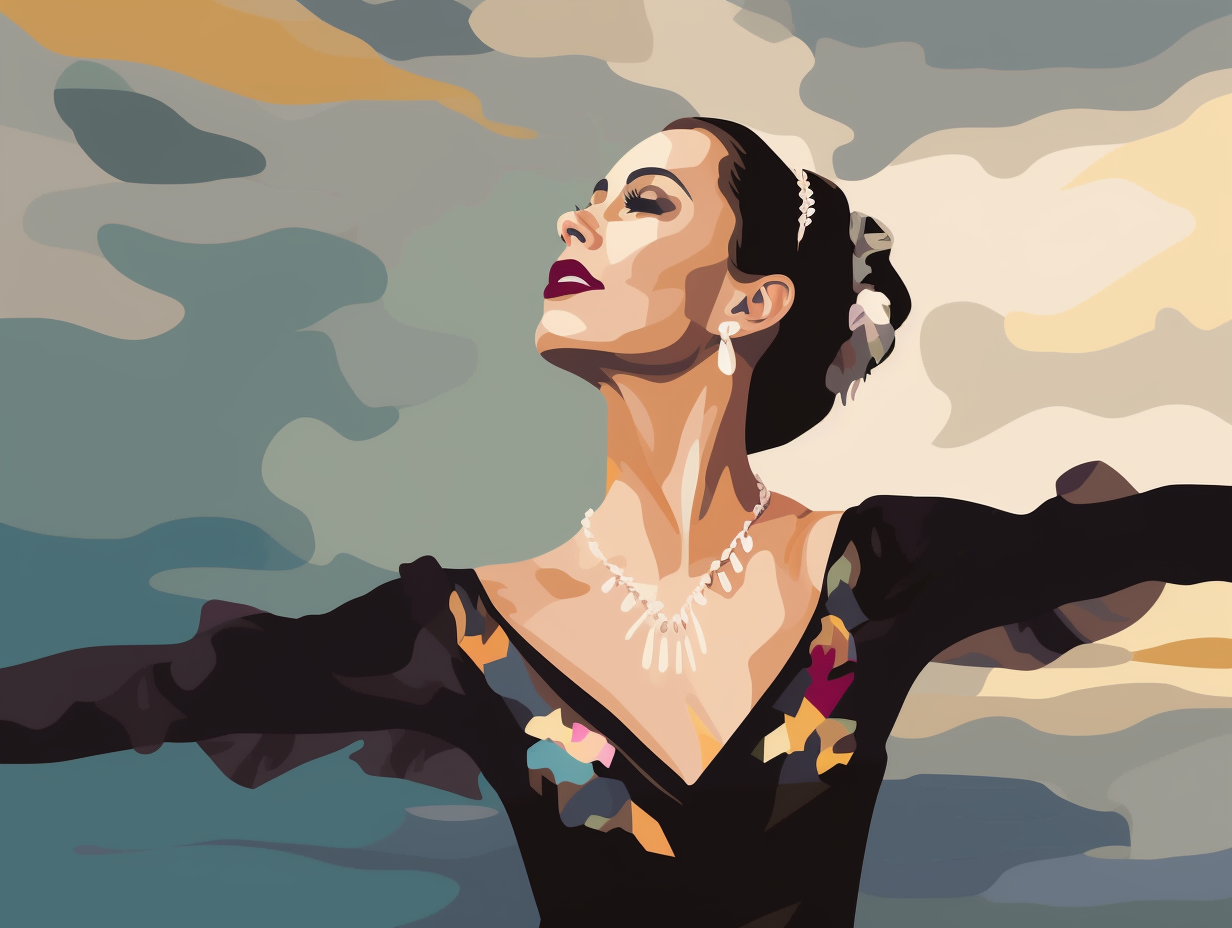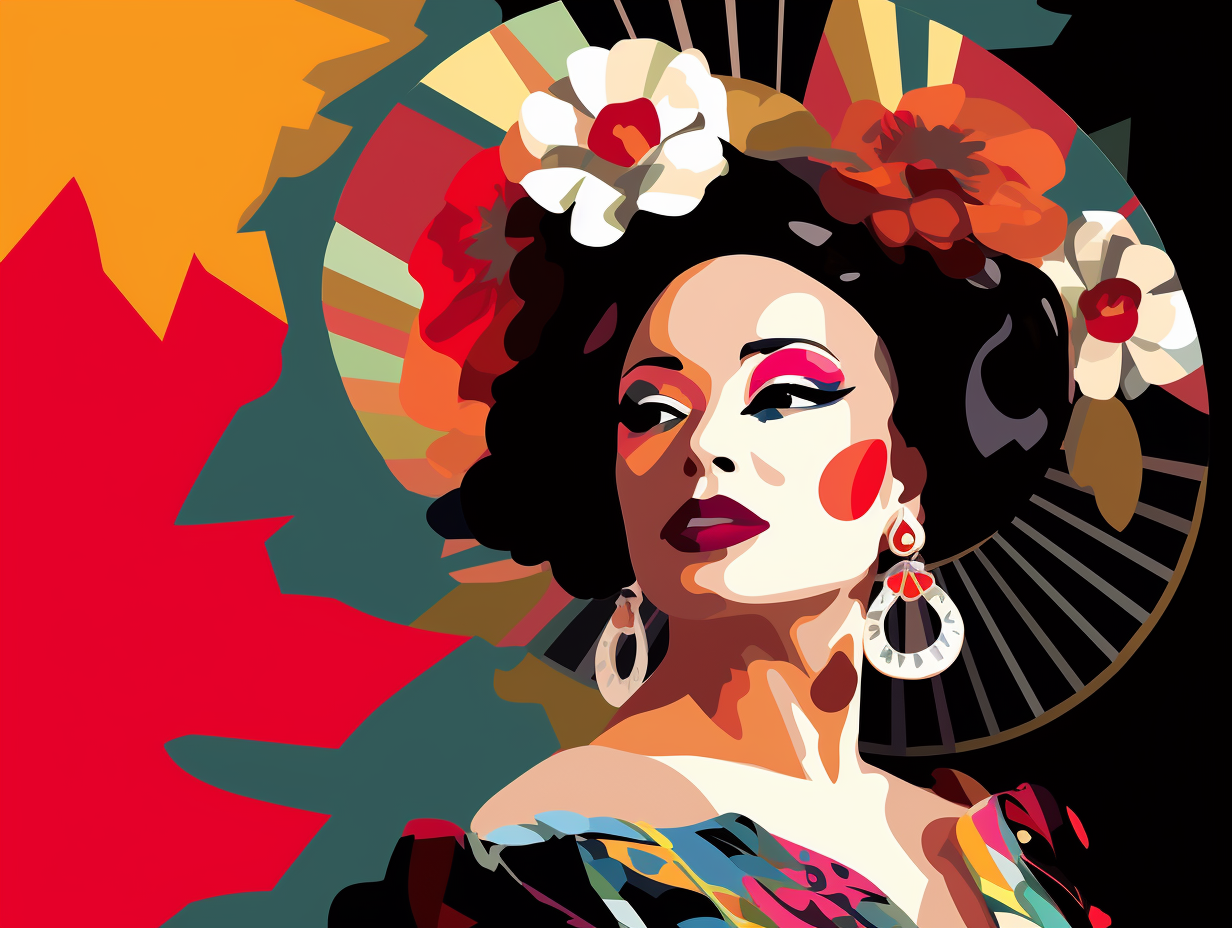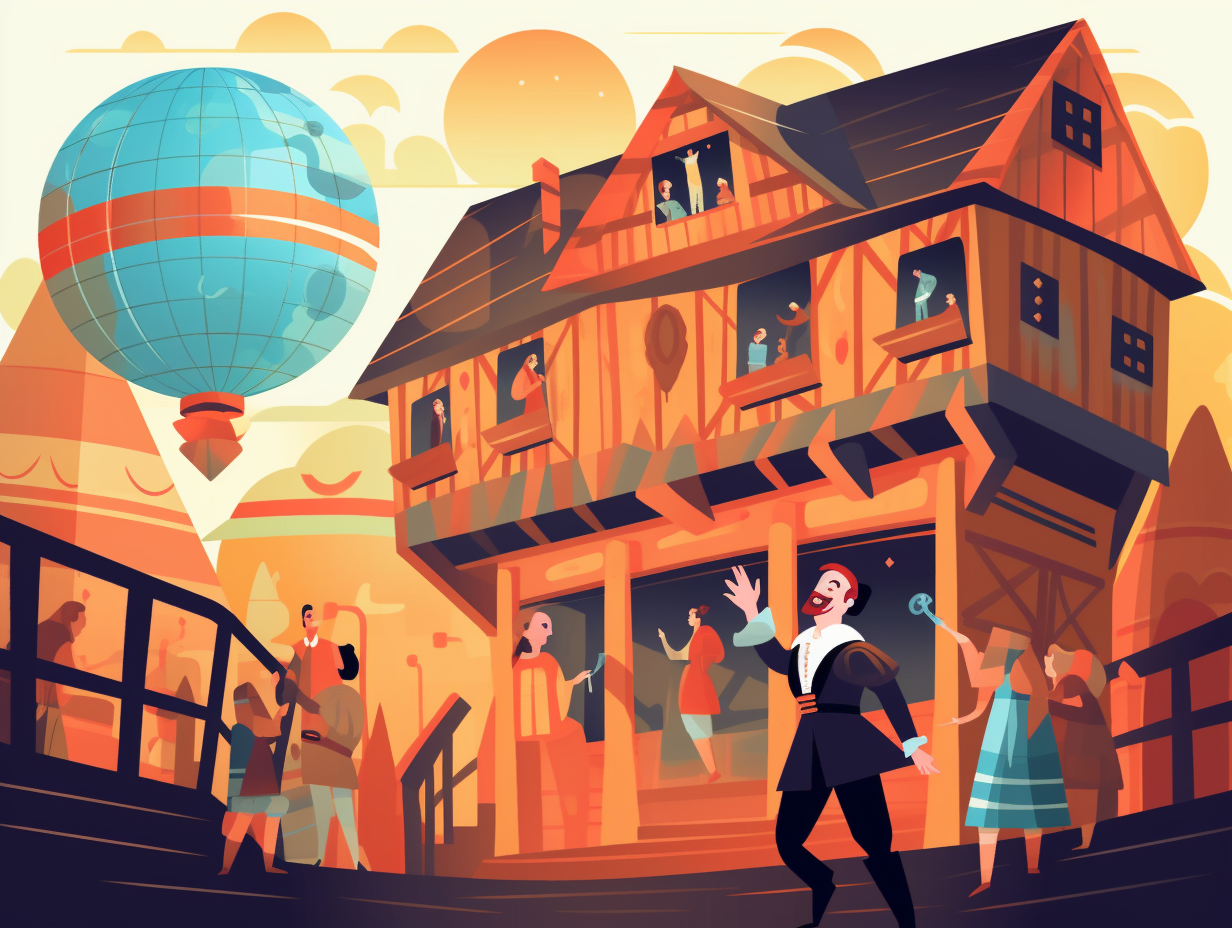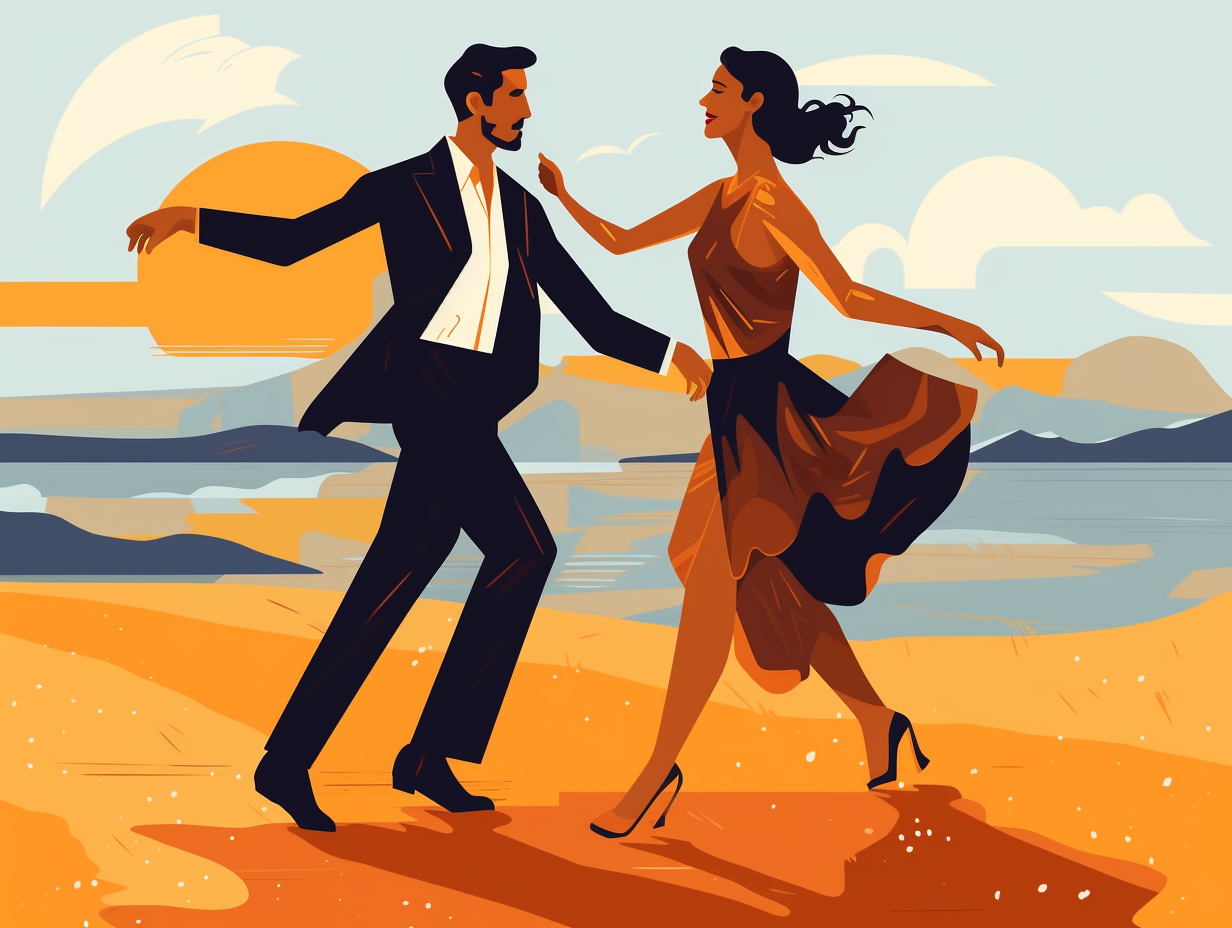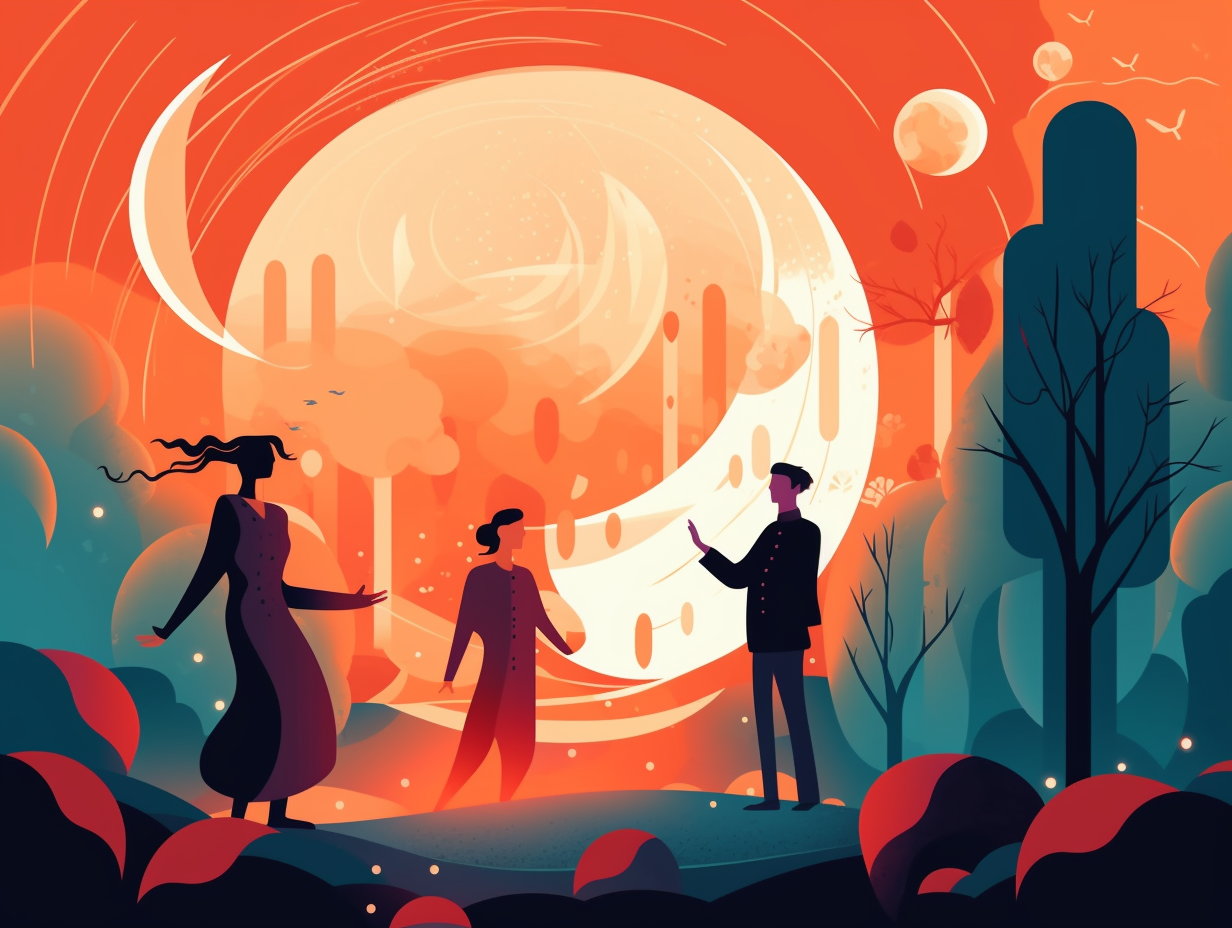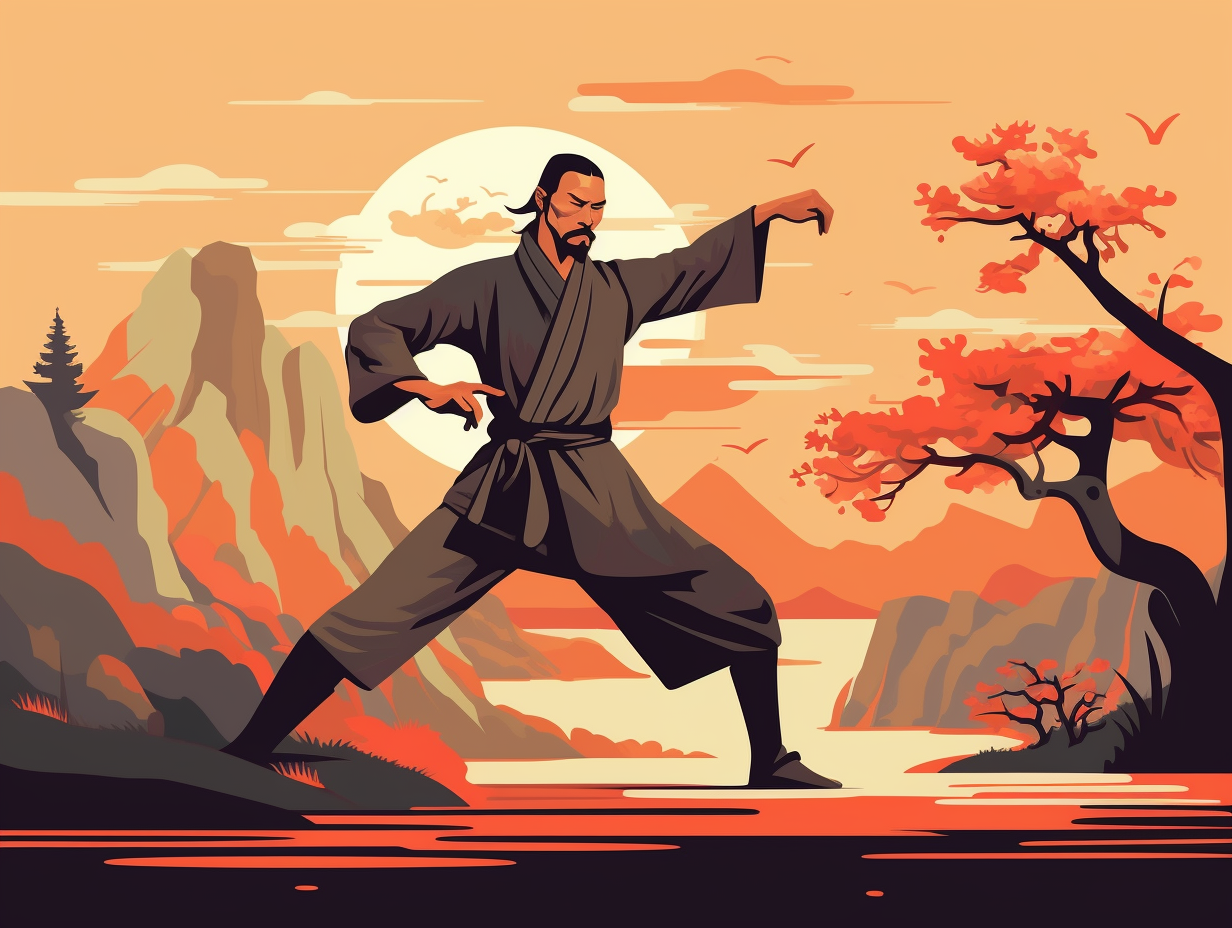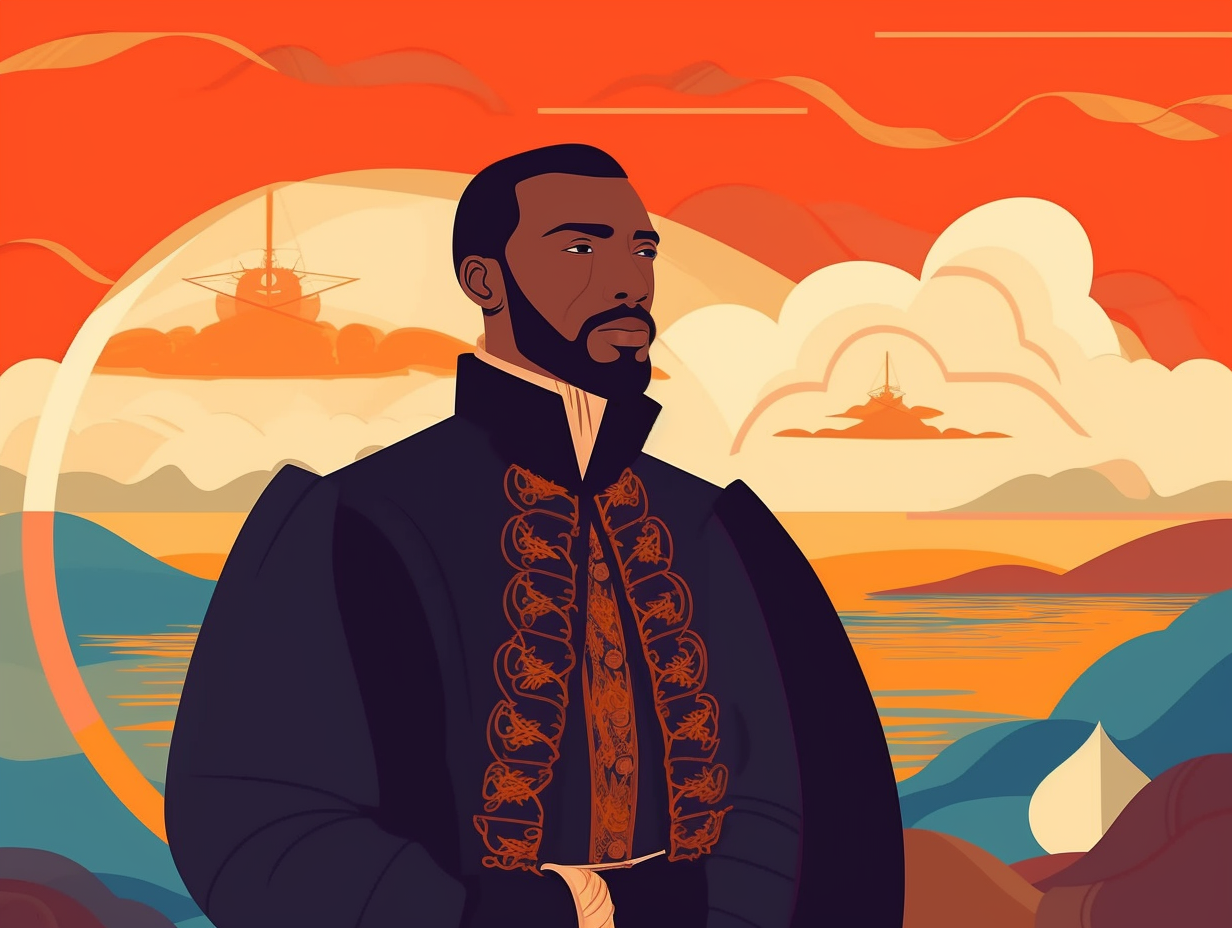Swing Into the Past: Top 13 Fun Facts About the Charleston Dance You Never Knew
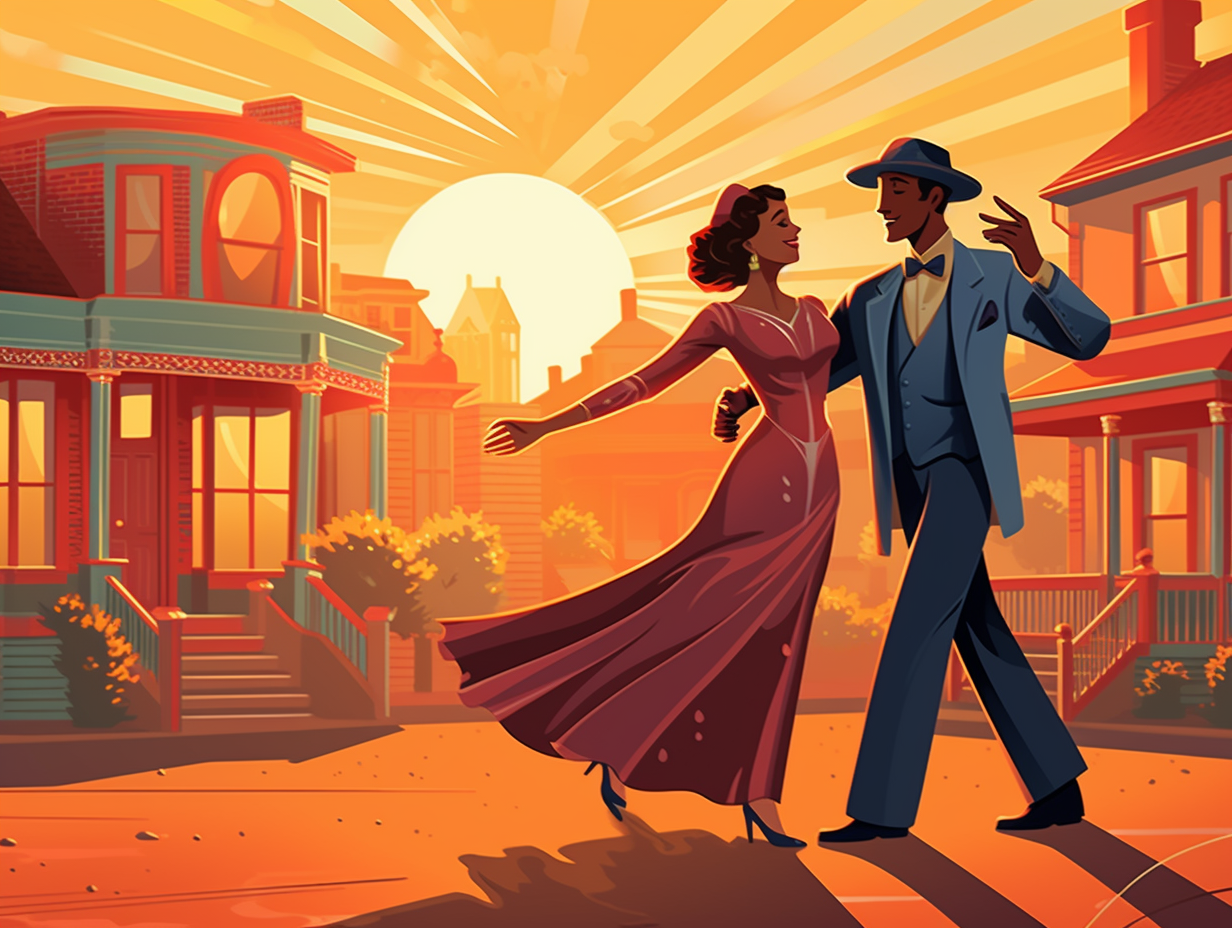
1. Migrant Rhythms and Orphan Origins
In a twist that even the most gifted of Charleston dancers couldn't pull off, the famous dance and tune didn't actually originate in Charleston, but was inspired by migrant rhythms and orphan jazz masters: The "Charleston" dance flourished in 1920s Harlem due to the "Great Migration," with composer James P. Johnson borrowing the distinctive rhythm from South Carolina longshoremen who had moved to New York; the lively footwork may have come from the Jenkins Orphanage Band, who performed to raise money in Northern cities.
Source => ccpl.org
2. Ice Cream Sundae of the Roaring Twenties
If the Roaring Twenties were an ice cream sundae, the Charleston dance would be the cherry on top, wiggling its way into everyone's hearts: This energetic jig, known for its swung-body, quick feet, and flapping arms, has roots in the African-American Juba dance and boogied its way to fame thanks to the 1923 sensation "The Charleston," composed by James P. Johnson. Today, it remains a cornerstone of Lindy Hop culture, with solo dancers and partnered ensembles alike twisting and improvising to their heart's content.
Source => en.wikipedia.org
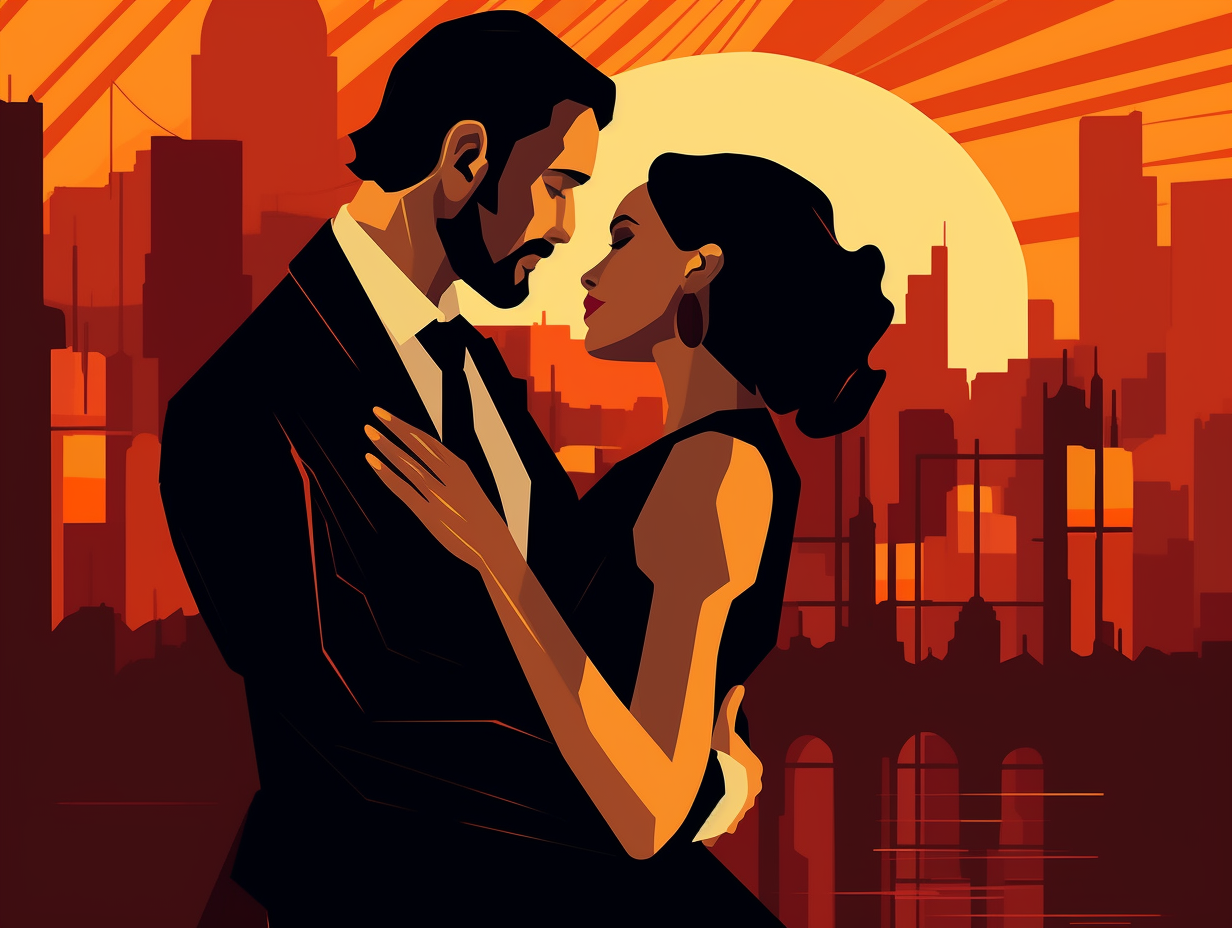
Did you know that during Argentina's "Epoca de Oro," the Tango wasn't only danced in brothels, but also captivated all levels of society, including high-class snobs? Uncover the intriguing story behind this passionate dance! 💃
=> Fun Facts about Tango
3. Dockworkers' Dance Before Famous Tune
As the hip-swinging, leg-twirling Charleston dance walked onto the scene and smoothly whispered, "I'm ready for my close-up, Mr. DeMille": it turns out the dance predated its famous namesake song, "Charleston," by a few years, with origins rooted in early 20th-century African American communities. It was the Charleston, South Carolina dockworkers' moves that imprinted on it before James P. Johnson's catchy tune gave it the household-name status it came to enjoy in the 1920s.
Source => en.wikipedia.org
4. Age-Defying Flappers
Did the Roaring Twenties give you a kick, or just twist your Gatsby into a Charleston? Well, put on your dancing shoes and spin to this: The Charleston dance originated in African-American communities close to Charleston, South Carolina, and skyrocketed in popularity during the 1920s, with Flappers swinging their way into history. Requiring some fancy footwork and impressive agility, this high-kicking, spinning dance storms across generations when an 82-year-old dancer captures hearts with her energy and grace.
Source => shareably.net
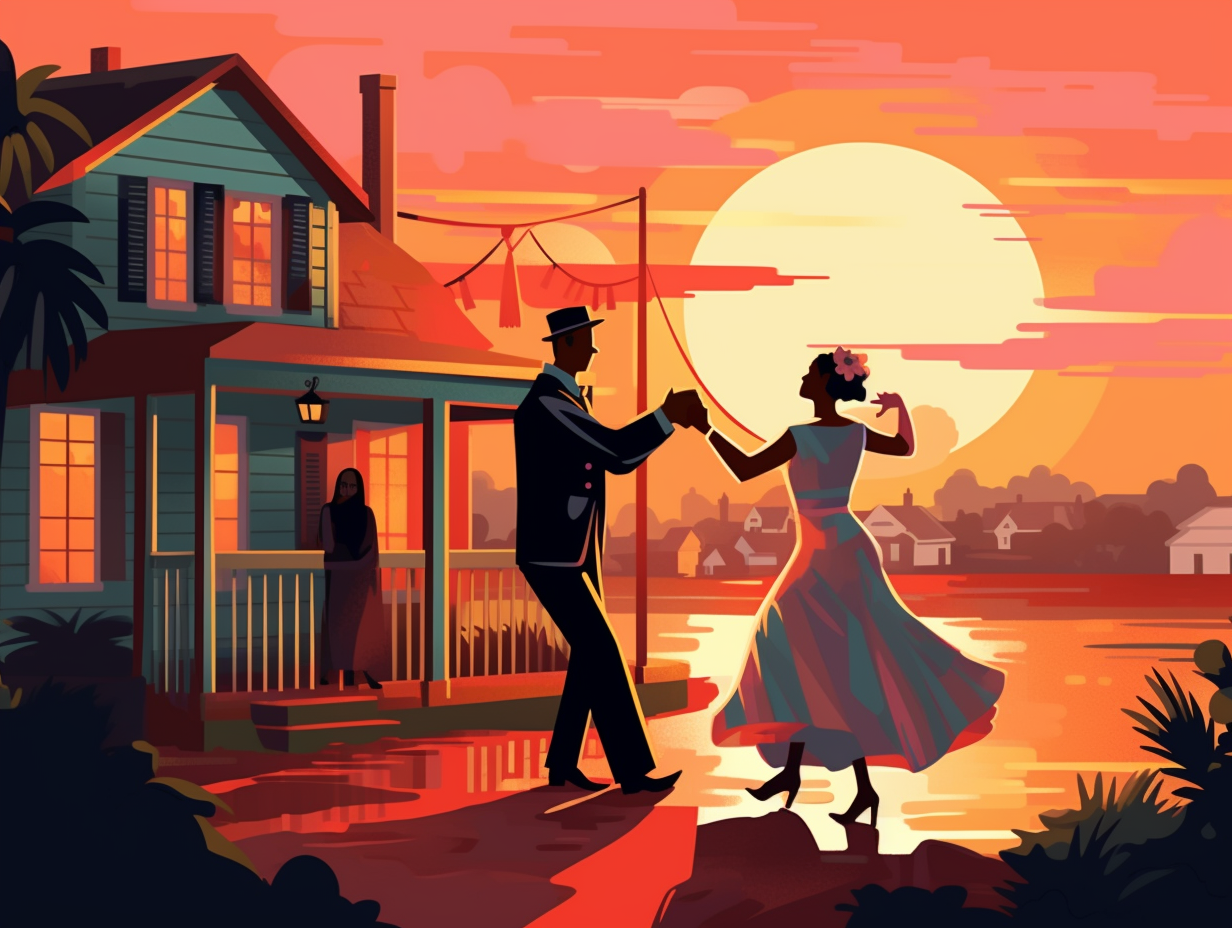
5. High Heels and High Kicks
Swapping twinkle toes for tippy-toes, those flapper gals sure knew how to keep their heels high while swinging low: Despite the Charleston dance encouraging daring moves and high kicks, women continued to dance in high heel shoes, like T-straps and Mary Janes, to maintain the fashionable flapper aesthetic.
Source => thevintagenews.com
6. Josephine Baker's Facial Antics
Dancing with a side of facial gymnastics: Josephine Baker, a trailblazing icon in the 1920s, not only popularized the Charleston dance with wild abandon but also peppered her performances with humorous facial expressions, securing the vivacious jig's place in the annals of pop culture.
Source => walksofcharleston.com
7. The Jazz in Jazz Hands
Behold the Charleston, the dance that put the "jazz" in "jazz hands" and made the Roaring Twenties truly roar like a well-fed Gatsby: This lively dance craze originated in African American communities in the early 20th century, bursting into popularity during the 1920s Jazz Age with its quick-footed, exaggerated moves that graced dance floors from Florida boardwalks to swanky bandstands.
Source => gettyimages.ae
8. Pre-Twerking Concerns
Before twerking had a leg to stand on, the Charleston dance had folks shaking their knees with reckless abandon, causing a historic scare over what would later be known as the infamous "Charleston knee": However, historical dance teacher Darren Royston insists that despite its wild nature, the dance was nowhere near as raunchy or overtly sexual as today's twerking phenomenon.
Source => bbc.com
9. Charleston at Work and on the Streets
In the Roaring Twenties, moonwalking was out, but strutting the Charleston with straw hats, coonskin coats, and flapper dresses was as de rigueur as getting hydrated by bathtub gin: The Charleston dance craze infiltrated not just dance floors and fashion trends, but even job requirements, with some restaurants demanding staff to be adept at the spirited moves or able to teach it to customers, despite the lurking concerns of a shimmy-shaken society questioning its potentially corrupting impact.
Source => bellaballroom.com
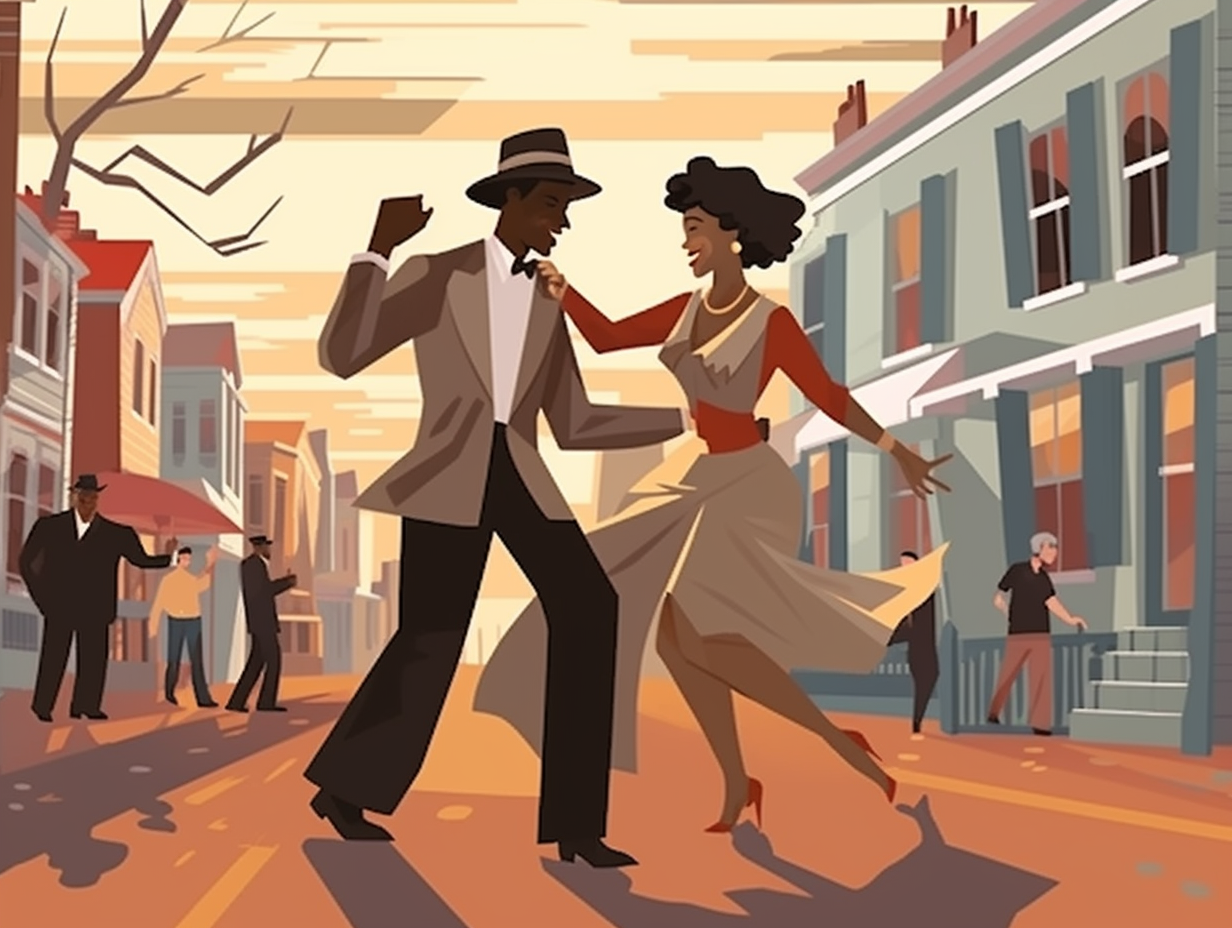
10. Street Performers' Jig
Before black-tie events and golden trophies: There was a time when the Charleston dance was the domain of scrappy young Harlem urchins, who would perform this contagious jig on street corners for spare change. These talented whippersnappers from the Jenkins Orphanage Band are credited with introducing the infectious rhythm and fancy footwork that would soon take the nation – and the world – by storm.
Source => ccpl.org
11. Juba Roots and Infectious Rhythm
Hold your horses, Charleston aficionados! Your jitterbugging joyride didn't start at the South Carolina bash as you might've thought: The Charleston dance actually finds its roots in the African-American dance known as Juba, with moves like the "Jay-Bird" showcasing its Afro-American origin, while its infectious beat takes inspiration from the clave rhythm, Habanera, and the Spanish Tinge.
Source => en.wikipedia.org
12. Not-So-Southern Belle
Hold onto your beads, flappers! The Charleston dance isn't quite the Southern belle you thought it'd be: Originating from the African dance Juba, it rose to fame with a catchy jingle in the 1920s Broadway hit Runnin' Wild, shimmying all the way to the Big Apple during the Great Migration.
Source => walksofcharleston.com
13. Tandem Charleston: Two is Better Than One
When the Charleston dance realized two was better than one, Tandem Charleston was born, pulling off moves that had onlookers yoyoing between amazement and envy: This lively variation has one participant leading the charge and another closely following, showcasing moves like the Yoyo with a left shoulder push and even coming to a dramatic halt on count 5.
Source => frederictonswing.com
Related Fun Facts

